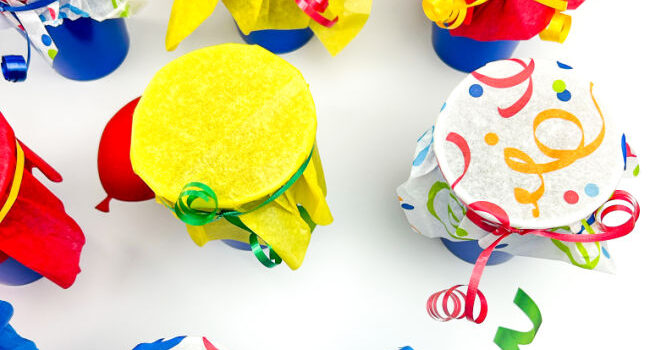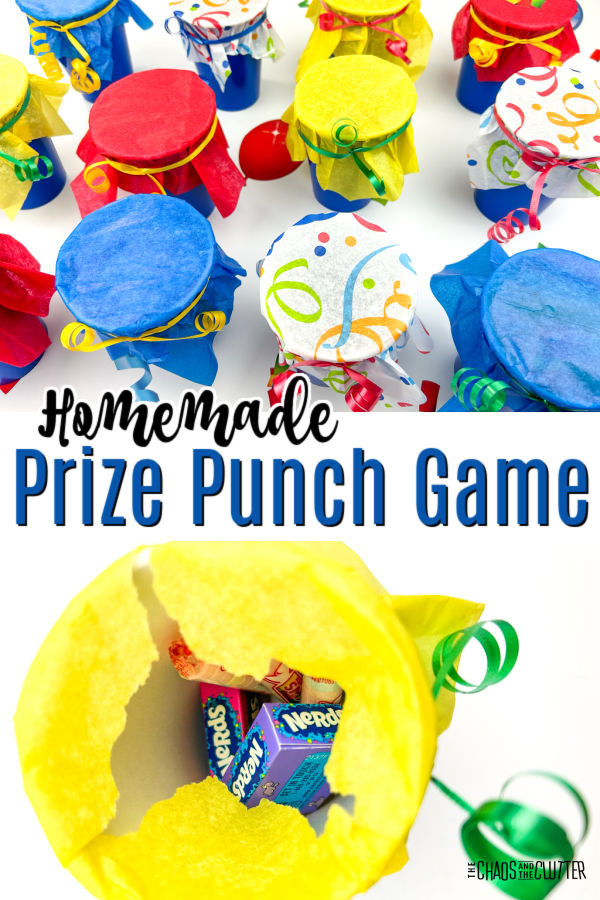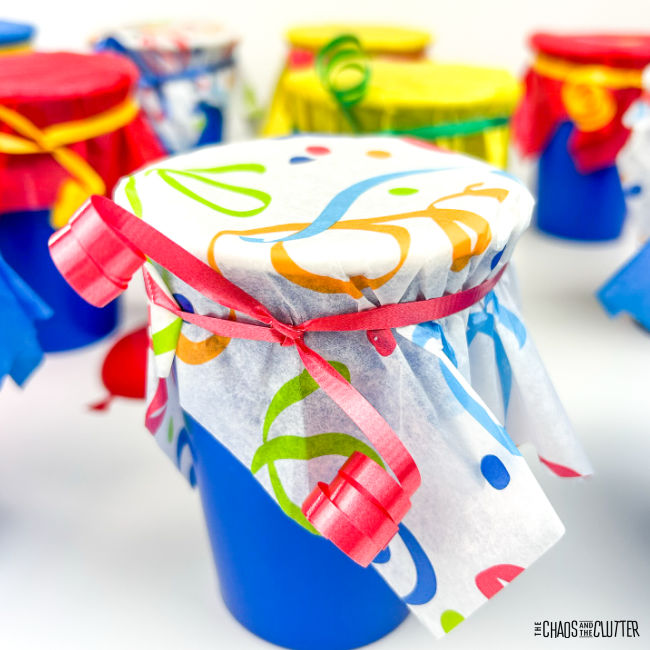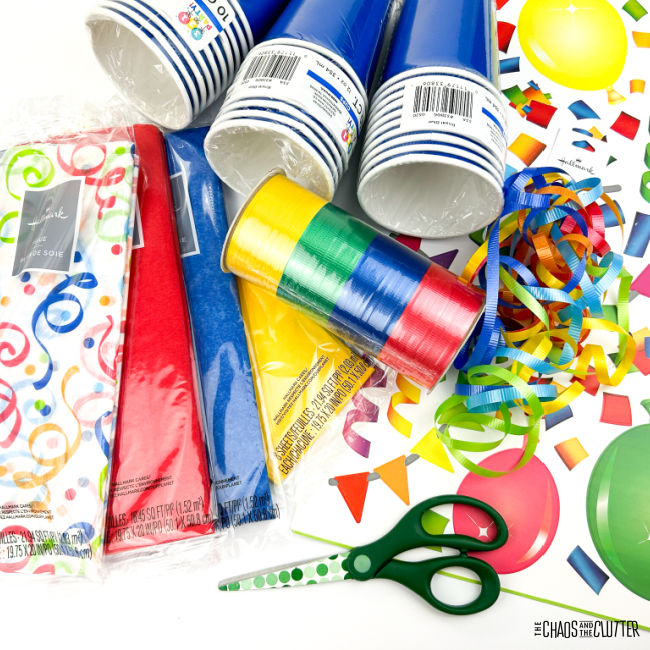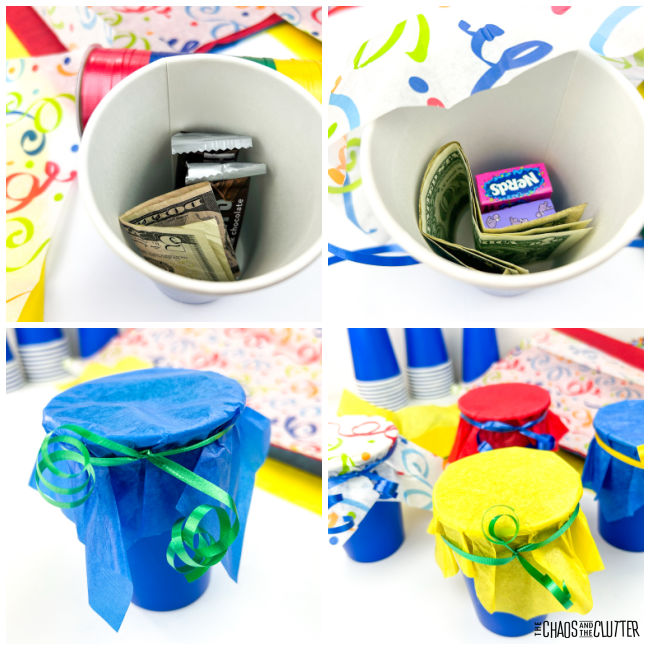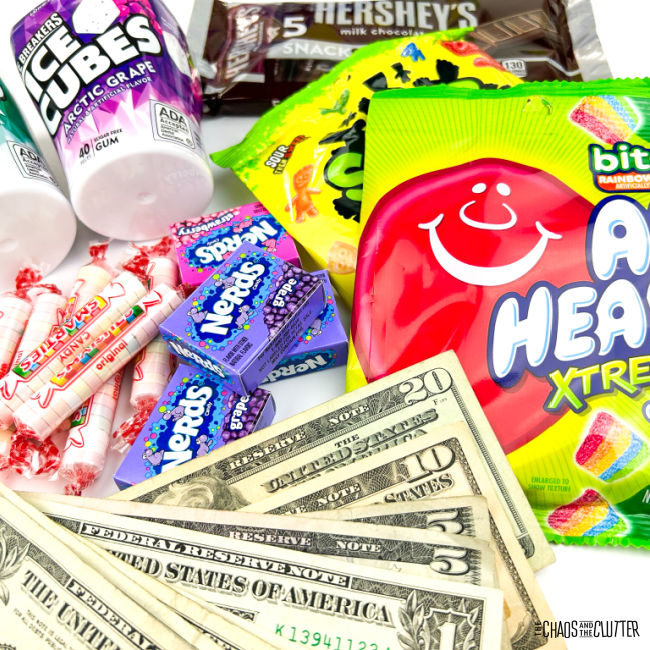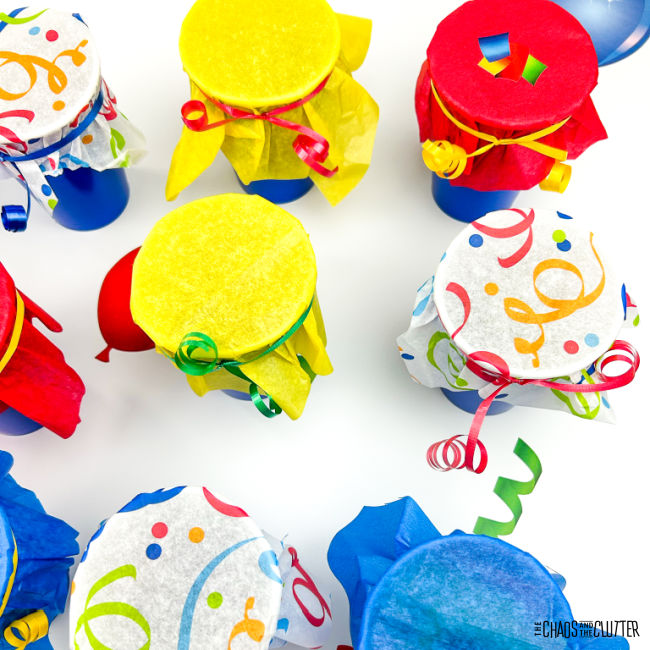Give your little one a chance to have some fun as they learn with these cute 5 Little Ducts activities. Make your own duck-filled sensory bottle for your kids to play with as they enjoy the book. They’ll have fun using their different senses to play along as you read a sweet nursery rhyme book.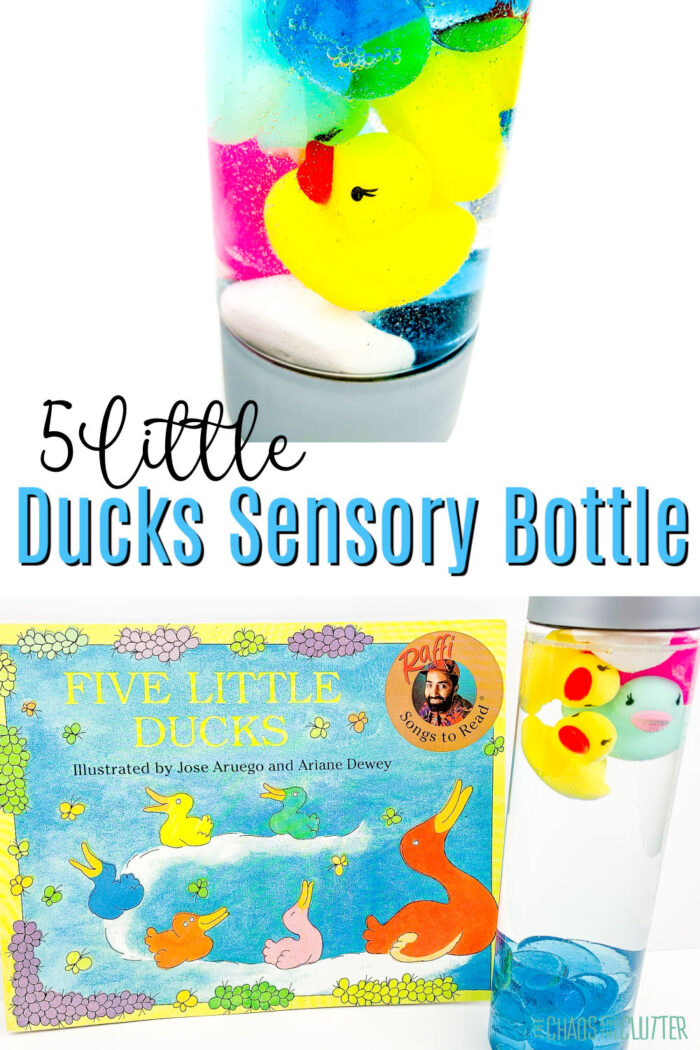
5 Little Ducks Sensory Bottle:
Supplies needed:
- 16 ounce sensory bottle
- 5 ounce bottle of Elmer’s Clear Glue
- 5 small rubber duck toys
- Blue glass stones/gems
- Water
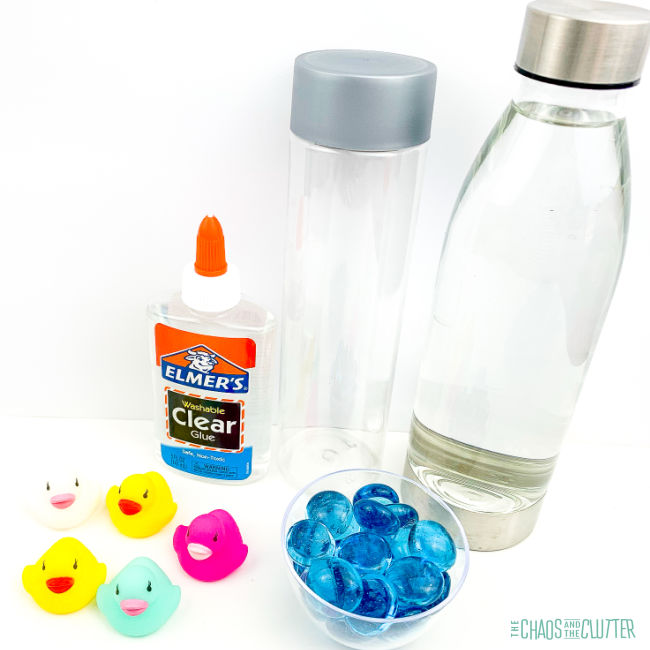
Instructions:
- Open the sensory bottle. Pour the whole bottle of glue into the bottle.
- Add the glass stones and gems to the bottom of the bottle, then place the ducks inside.
- Fill the bottle with water, leaving a little room at the top empty.
- Close the lid. Secure the lid with tape or glue, if desired, to ensure the bottle doesn’t leak.
- Shake the contents of the bottle until all the glue, gems, and ducks move around freely.
Note: You may have bubbles appear shaking the bottle for the first time. Allow the bubbles to settle and disappear after shaking.
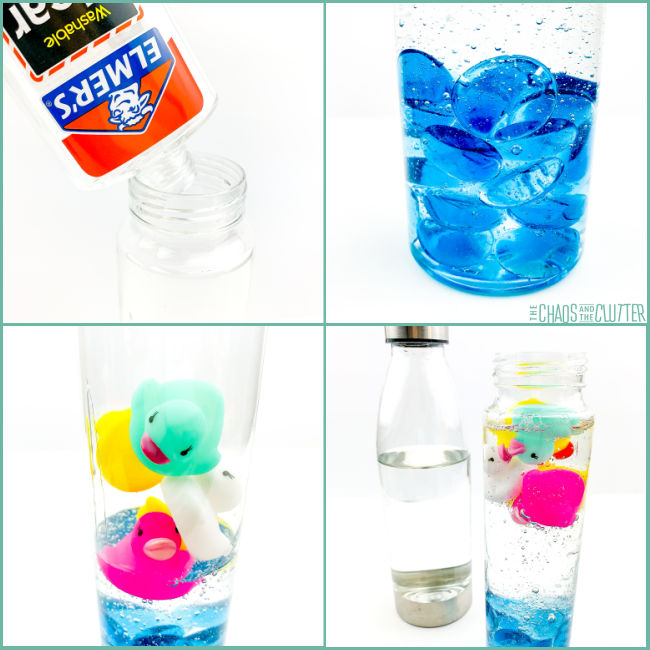
5 Little Ducks Preschool Activities
This cute duck craft is the perfect way to have some fun as you read! That’s because this sensory bottle goes along with the story in the popular children’s book, 5 Little Ducks.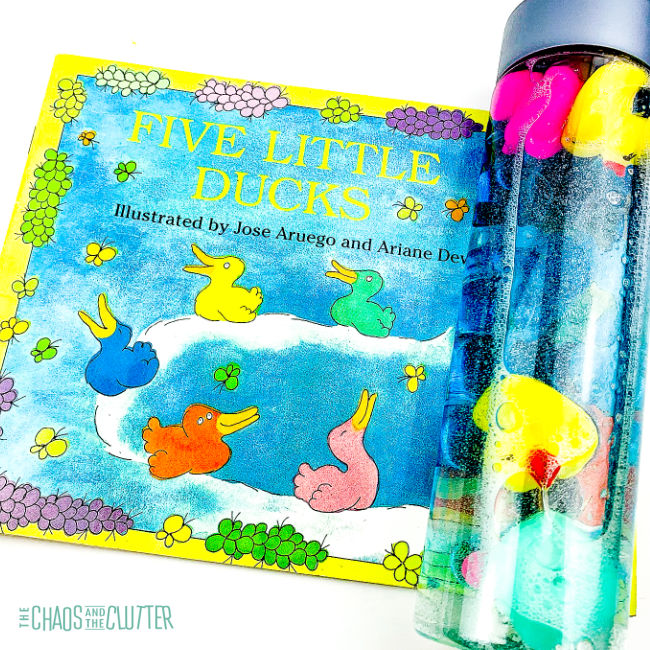
In the book, a mother duck patiently awaits Spring, when her five baby ducks – all grown up – return with their new families. Throughout the story, your preschooler will have the chance to practice counting and color recognition, making it a great way to reinforce the concepts they’re learning in school.
Read the book aloud to your kids or watch this YouTube read-along.
And after you finish reading the story, you can continue the learning process as your little ones make and play with their own sensory bottle. Once the bottle is put together, they can:
- Count the ducks in the bottle as they are reading, moving the bottle around.
- Match the colors in the bottle to the colors in the book.
- Watch the gems sink to the bottom while the ducks float to the top.
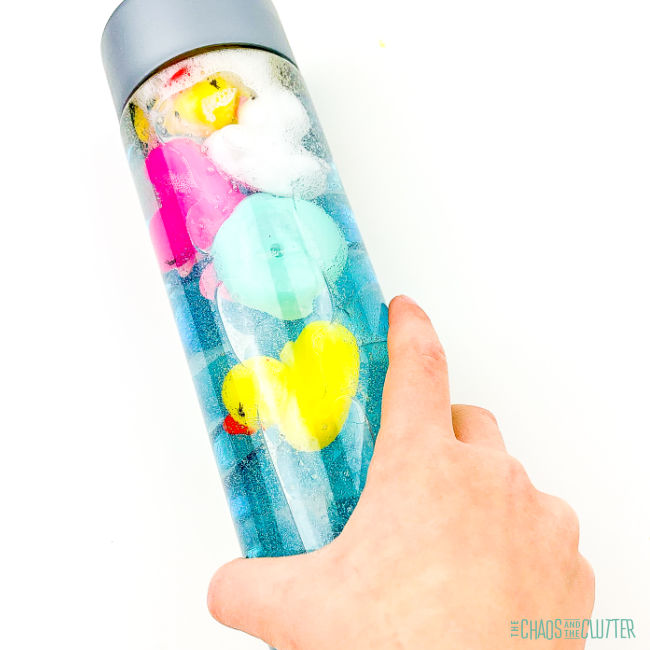
Other Activities to Correspond with the 5 Little Ducks Book and Song:
- 5 Little Ducks Storytelling Sensory Tub
- 5 Little Ducks Math Activities
- Printable Preschool Number Line for 5 Little Ducks
- 5 Little Ducks Printable Pack
- 5 Little Ducks Activities for Kindergarten
- Felt Board for 5 Little Ducks Learning and Play
- 5 Little Ducks Fingerplay
- Count and Circle 5 Little Ducks Craft
- Hands on Fun with the 5 Little Ducklings
- 5 Little Ducks Nursery Rhyme Rocks
- Printable Duck Puppets and Song
You may be interested in these other book related kids activities:
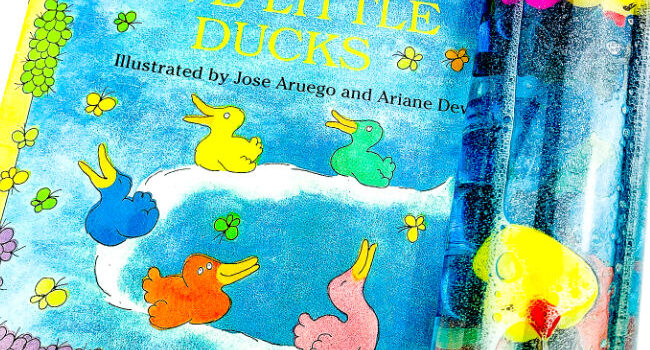
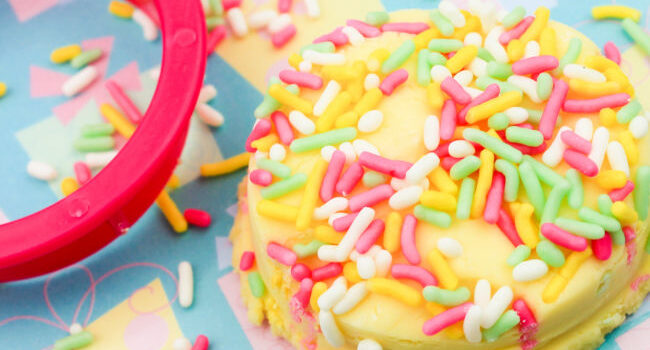
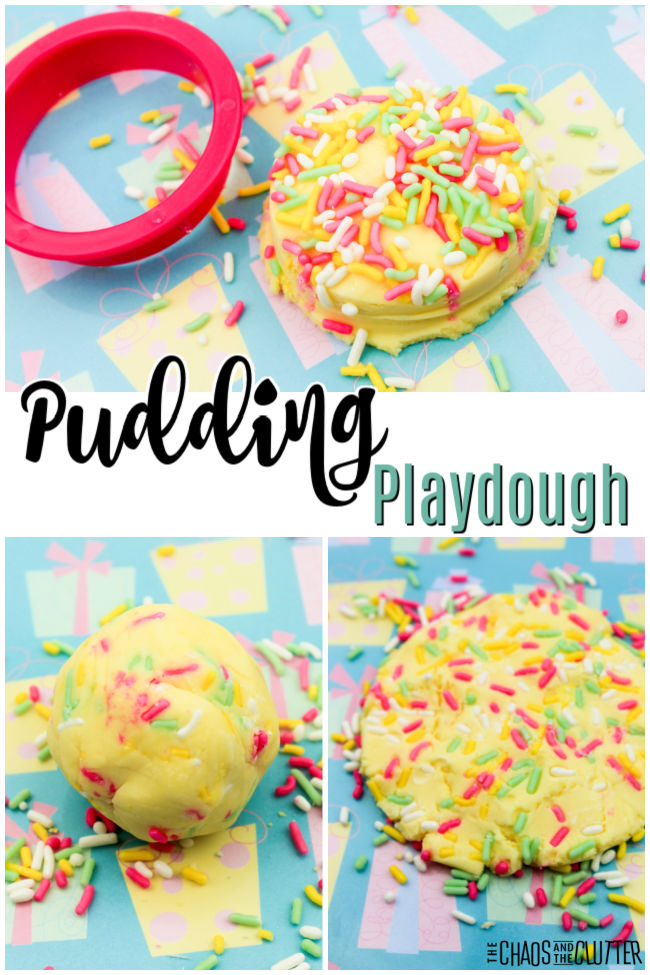 Kids can mould and shape to their heart’s content. It’s such a fun activity.
Kids can mould and shape to their heart’s content. It’s such a fun activity.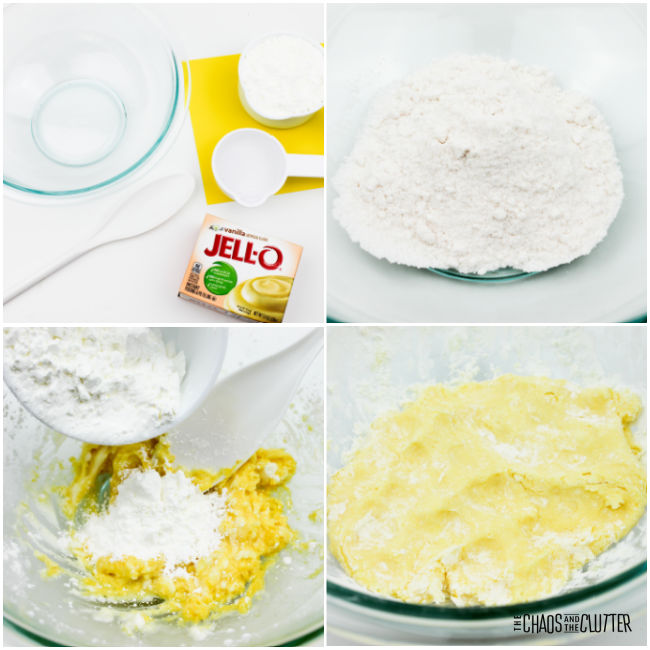
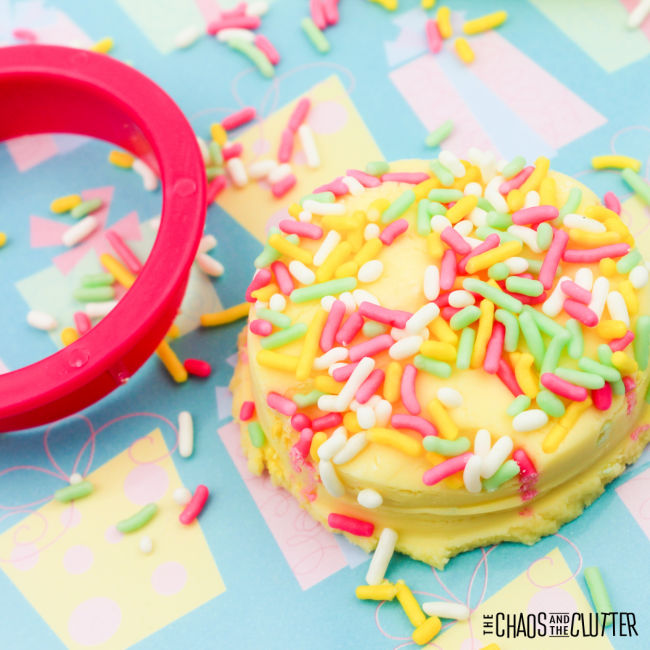
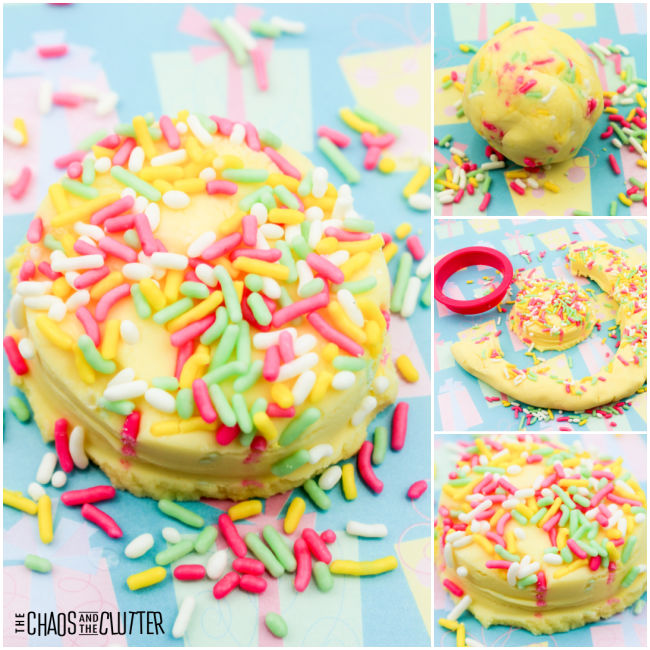 The ingredients are ones that you may already have in your pantry which is another benefit to choosing to make this edible pudding play dough.
The ingredients are ones that you may already have in your pantry which is another benefit to choosing to make this edible pudding play dough.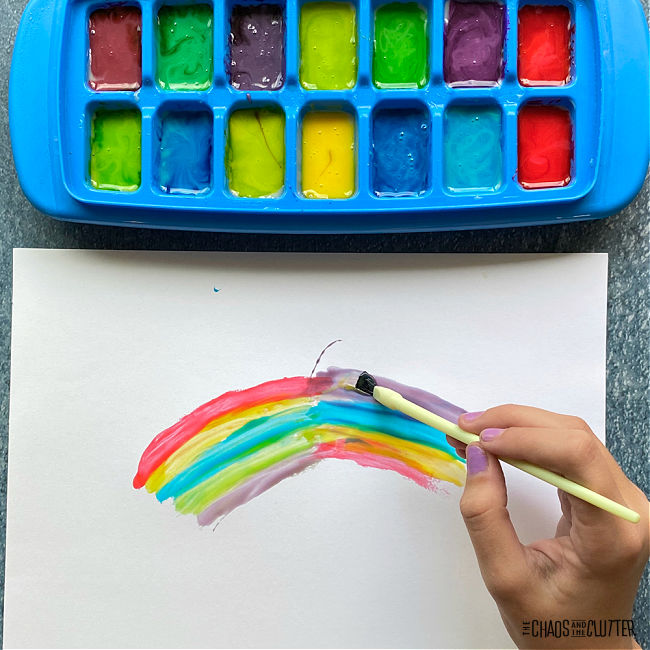
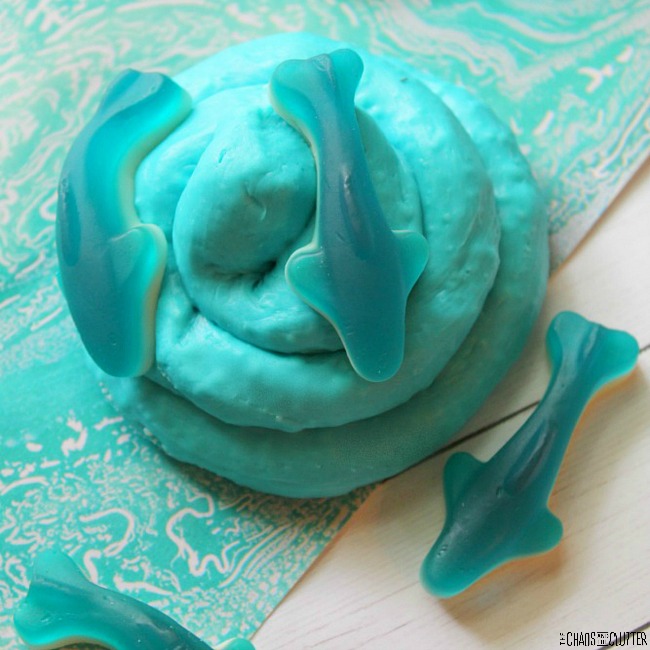
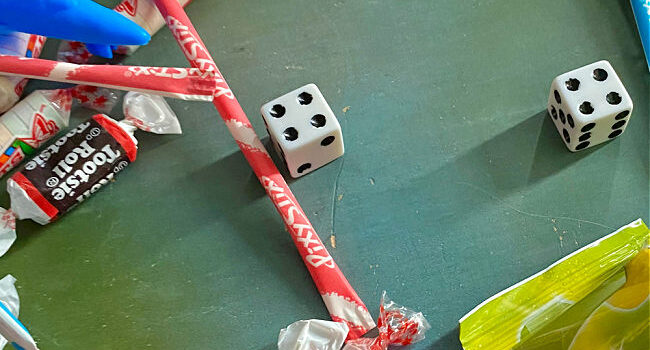
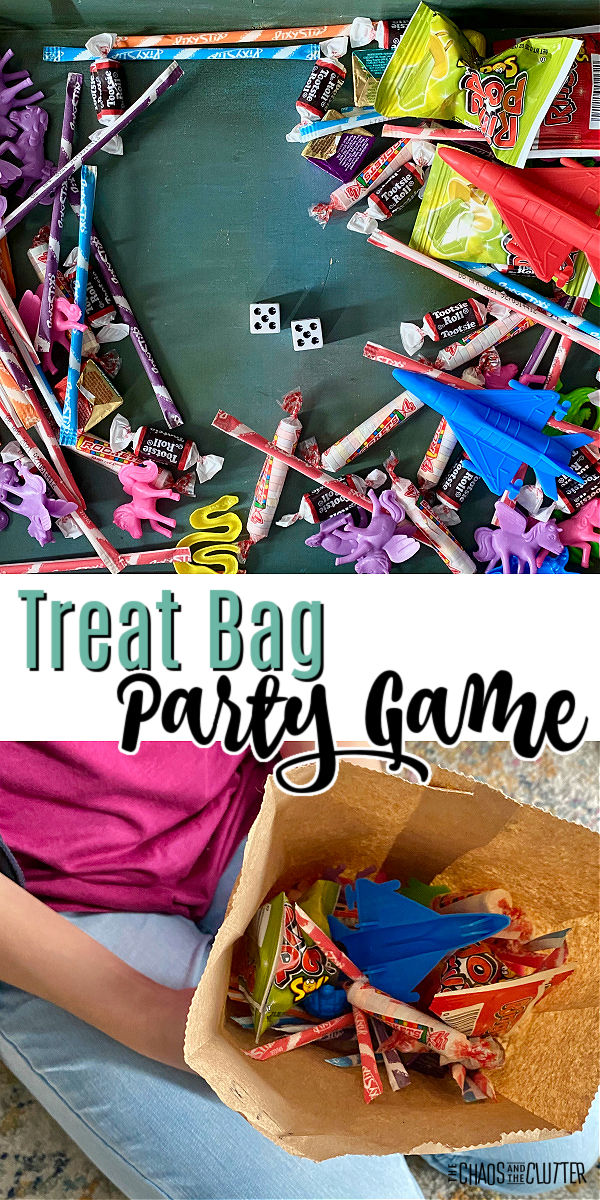 Growing up, there were always loot bag (also known as treat bags or party favors) at our birthday parties. It’s something that I continued doing for my own kids, but I noticed that over the years, they became more expected and seemingly less appreciated by party guests.
Growing up, there were always loot bag (also known as treat bags or party favors) at our birthday parties. It’s something that I continued doing for my own kids, but I noticed that over the years, they became more expected and seemingly less appreciated by party guests. 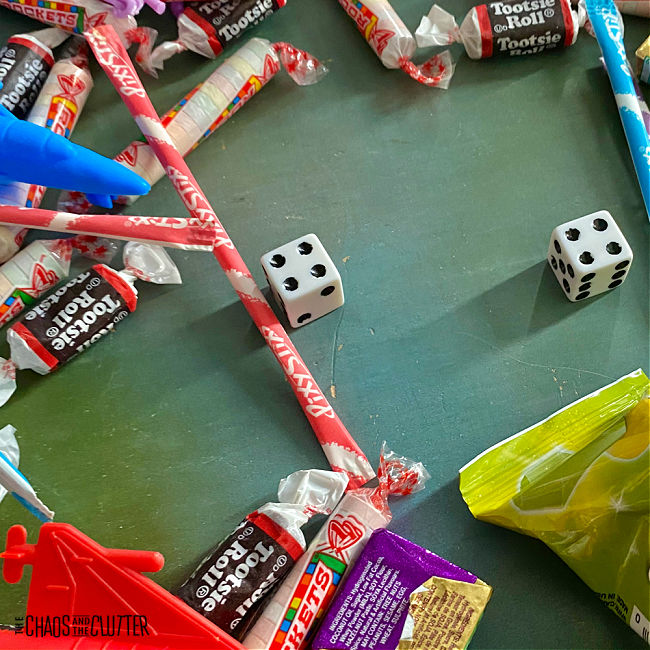 It also creates another party activity that helps pass the time. And if you’re a parent, you know that that can be a very important thing on those party days!
It also creates another party activity that helps pass the time. And if you’re a parent, you know that that can be a very important thing on those party days!
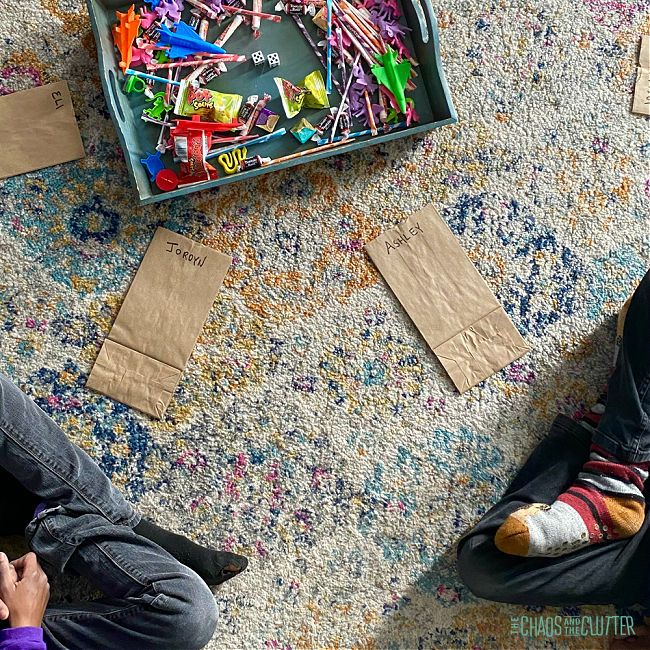
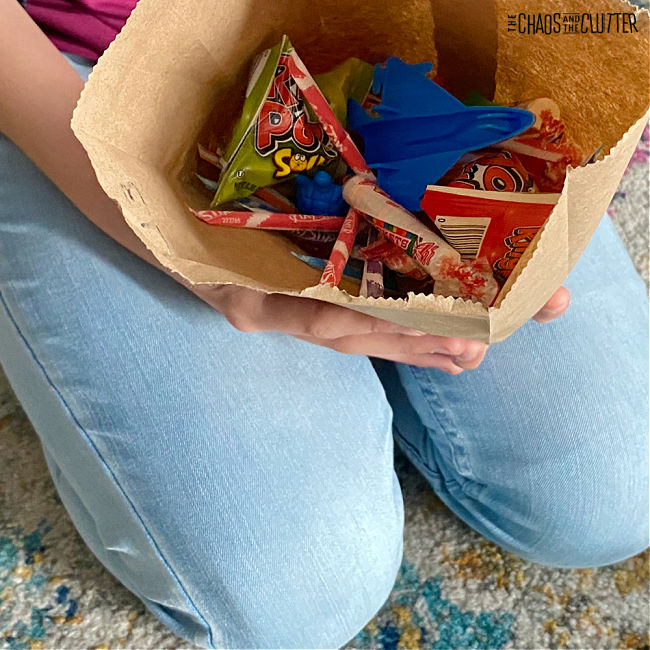
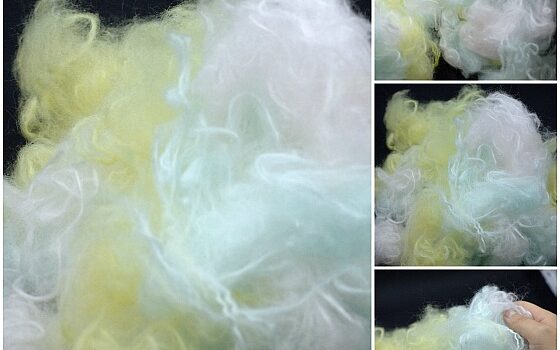
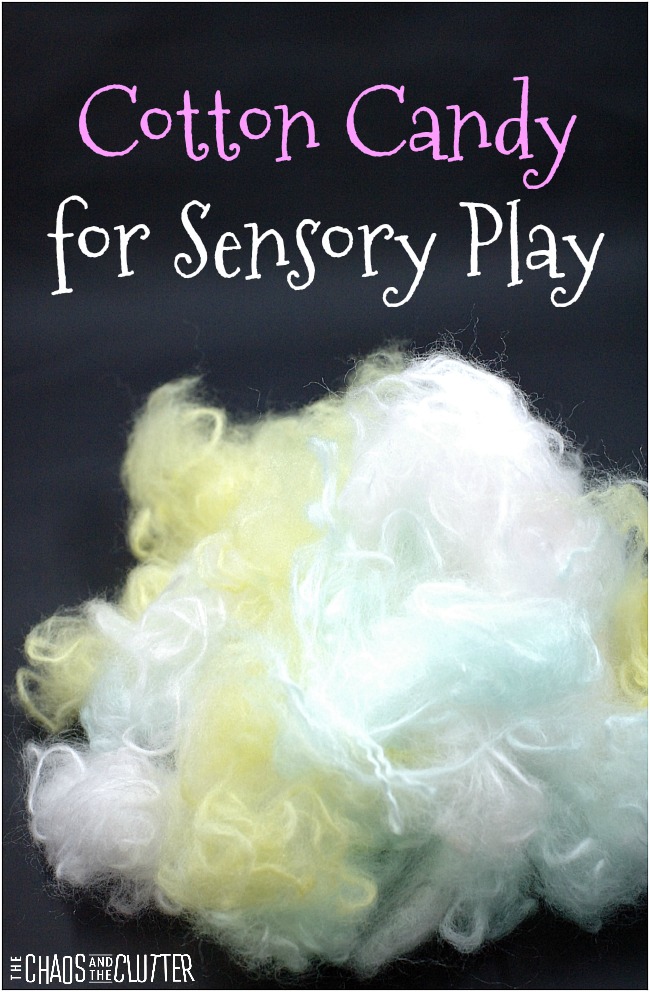 How to make fake cotton candy for sensory play:
How to make fake cotton candy for sensory play: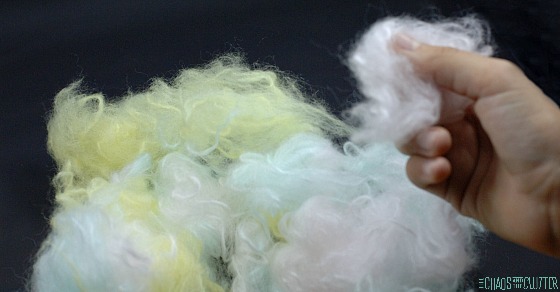 This sensory cotton candy would be so cute in a carnival or circus themed sensory bin!
This sensory cotton candy would be so cute in a carnival or circus themed sensory bin!
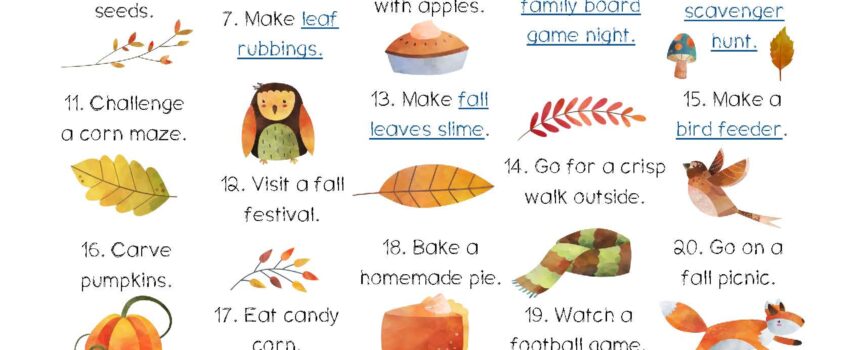
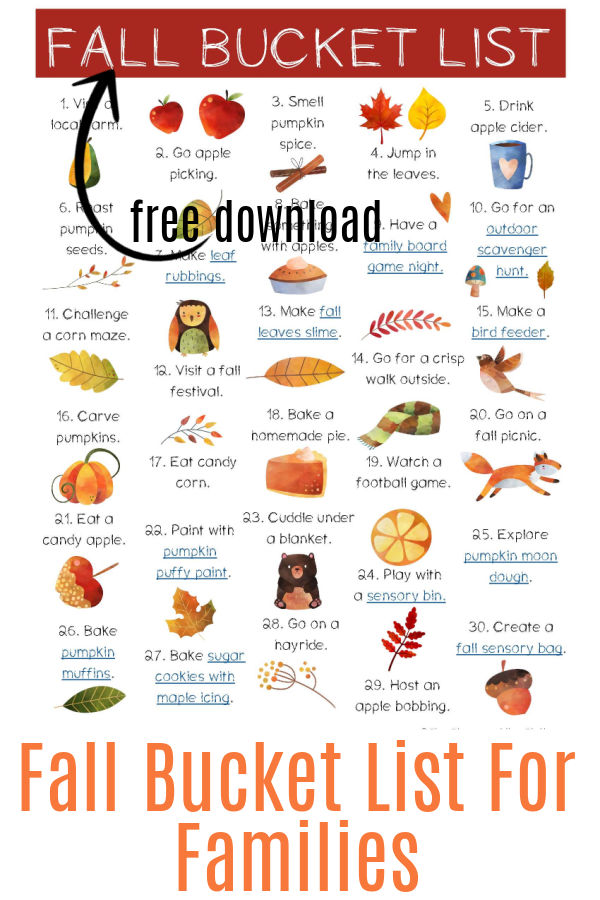 I chose activities for this list that were a good mix of things you can do at home and things to do in your community. I also tried to incorporate the use of as many of the senses as I could.
I chose activities for this list that were a good mix of things you can do at home and things to do in your community. I also tried to incorporate the use of as many of the senses as I could. 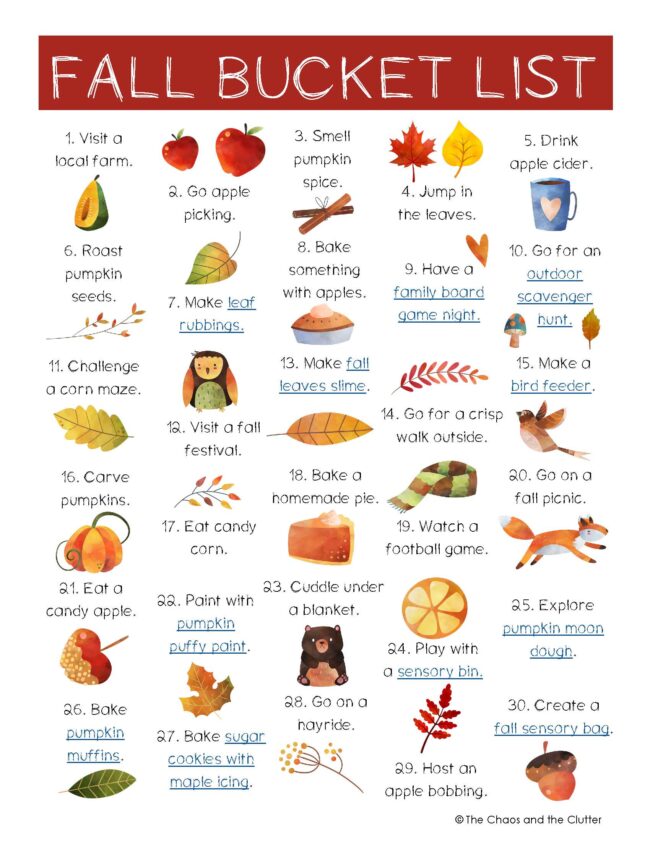 Download your free fall bucket list today simply by entering your email address below.
Download your free fall bucket list today simply by entering your email address below. 